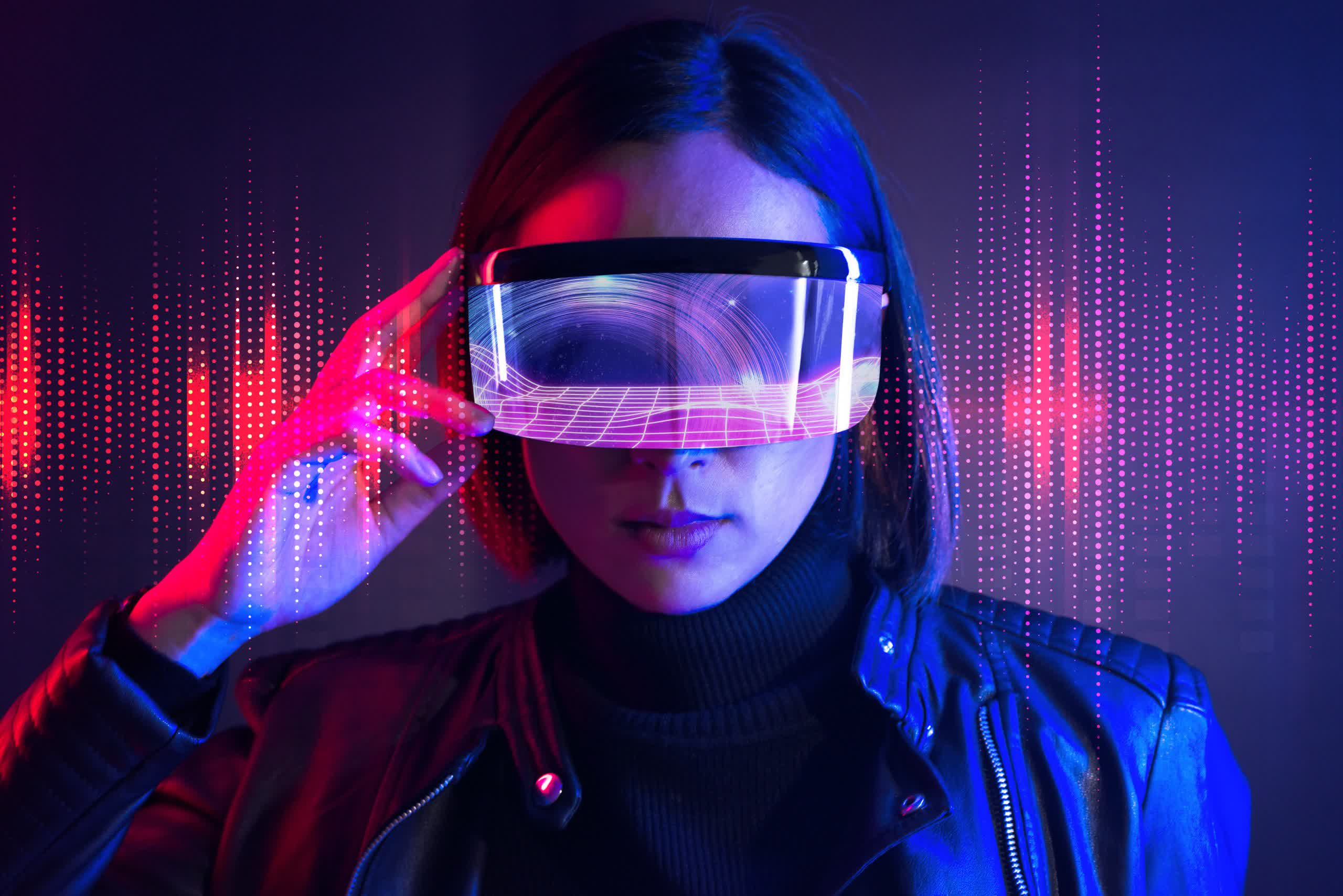Why it matters: MicroLED is an emerging display technology promising to offer better performance and higher pixel density than miniLED or OLED, but manufacturing challenges keep it from reaching widely-available products. One startup has introduced a new solution that could speed up microLED adoption.
Los Angeles startup Q-Pixel has introduced a new microLED process enabling pixel densities exceeding 5,000 pixels per inch. The company aims to solve manufacturing problems that have kept microLED technology out of most consumers' hands.
MicroLED displays can achieve higher pixel densities, faster response times, greater energy efficiency, and longer lifespans than OLED screens. However, microLED requires precise manufacturing processes, making the technology cost-prohibitive.
The most tangible microLED applications are currently for screens on opposite extremes of the size scale. Apple is supposedly preparing a microLED-based Apple Watch, and Taiwan's Industrial Technology Research Institute revealed a 2,000 PPI microLED display for AR applications late last year. Meanwhile, companies like Samsung and C Seed have showcased 100-inch+ microLED TVs costing tens or hundreds of thousands of dollars.

Last month, laptop-sized microLED demonstrations from AUO exhibited attractive perks, albeit with profound drawbacks. They could display impressive anti-glare functionality or brightnesses reaching 2,000 nits but with resolutions limited to 720p.
Q-Pixel calls its solution Polychromatic RGB microLED. It achieves full-color tunability across a single four-micron pixel. The company claims that, unlike single-color LED, Polychromatic RGB circumvents the need for pick-and-place assembly, an essential aspect of LED manufacturing. This advancement could significantly reduce costs, streamline production, and minimize the occurrence of dead pixels.
The method's results sound similar to findings MIT researchers published in February. They proposed a process involving growing vertically stacked ultrathin red, green, and blue membranes to achieve multiple colors in a four-micron pixel. Like Q-Pixel, the researchers reached a density of over 5,000 PPI. Q-Pixel says it cooperates with leading research institutes worldwide, so its solution could be the commercialization of MIT's idea, but the company calls Polychromatic RGB microLED proprietary technology.
The company suggests that the technology addresses other longstanding microdisplay design bottlenecks without going into detail. Q-Pixel promises Polychromatic RGB will apply to microLED displays ranging from TVs over 100 inches to phones, tablets, PCs, smartwatches, and VR/AR lenses.
